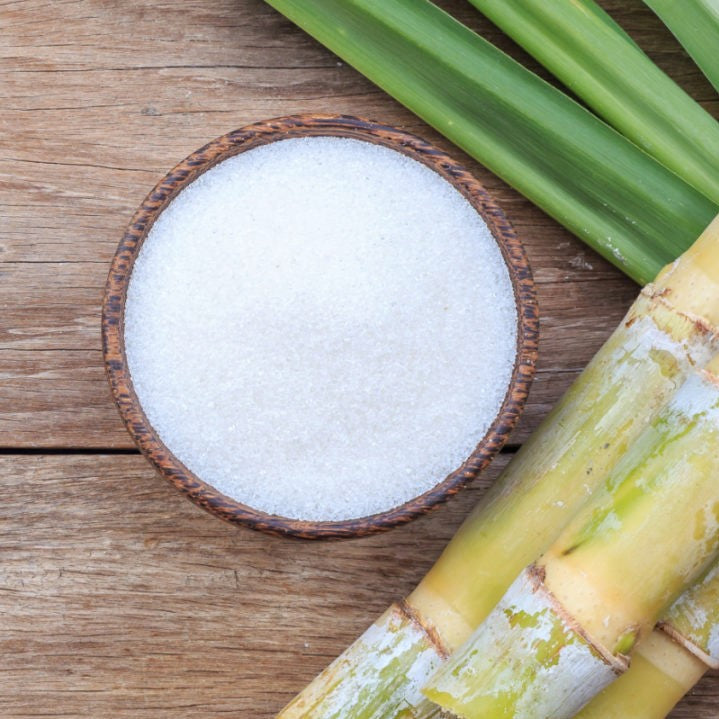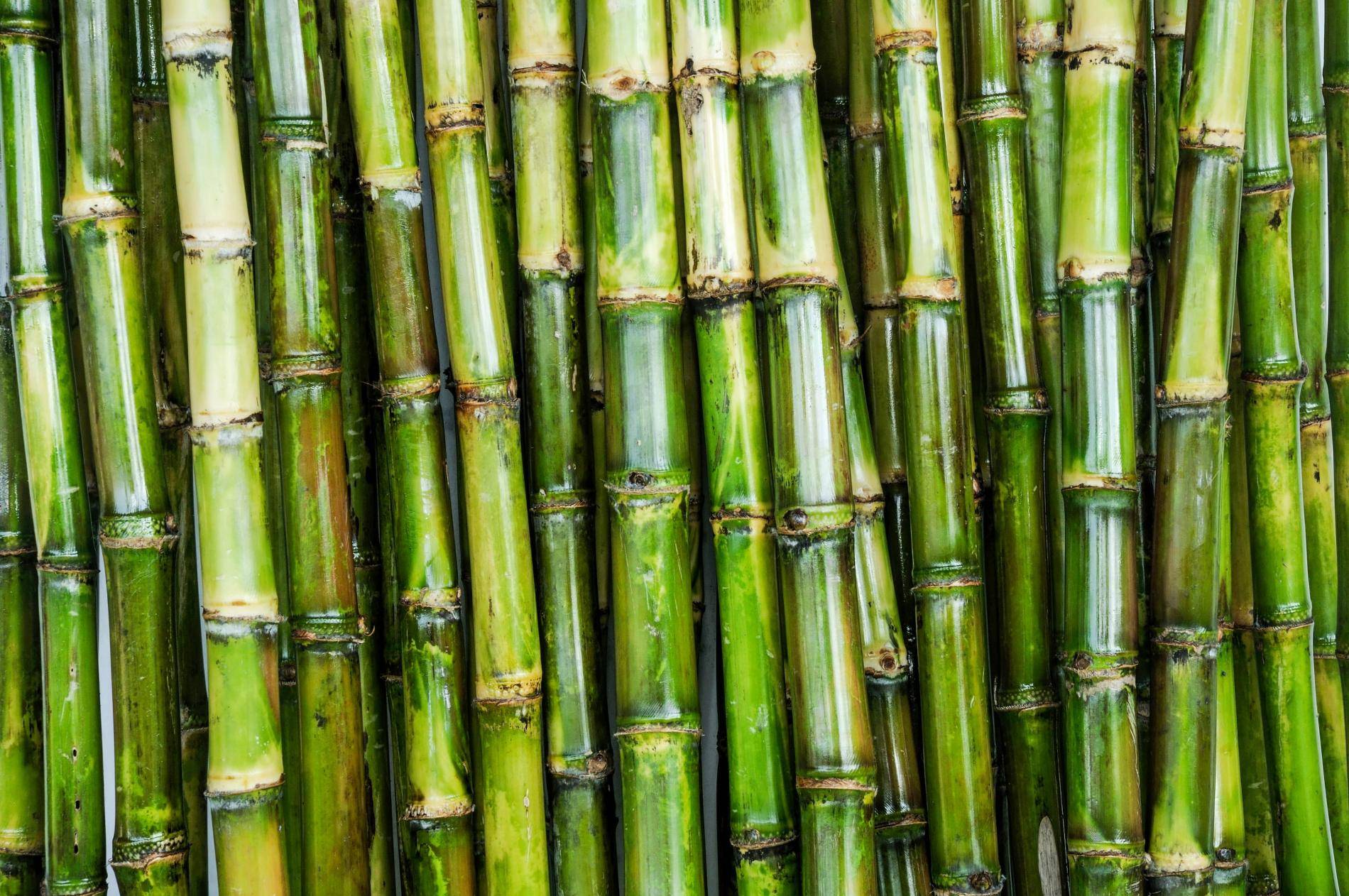Comprehending Cane Sugar Processing: A Comprehensive Summary of the Stages
Comprehending Cane Sugar Processing: A Comprehensive Summary of the Stages
Blog Article
A Comprehensive Guide to the Environmental Influence and Sustainability Practices in Walking Cane Sugar Handling
The environmental effect of walking cane sugar handling provides an intricate array of obstacles that warrant cautious evaluation. From dirt degradation and extreme water use to the carbon impact connected with cultivation and manufacturing, the consequences of conventional techniques are far-ranging. In comparison, the adoption of ingenious sustainability actions provides a path toward much more responsible manufacturing methods. Comprehending the interplay between these problems is vital for stakeholders in the sector. What certain techniques can be applied to strike a balance in between efficiency and environmental stewardship? The responses hinge on a better check out both the obstacles and potential remedies.
Overview of Walking Stick Sugar Processing
Walking cane sugar processing includes a series of methodical steps that transform sugarcane into polished sugar. Originally, collected sugarcane is moved to processing centers, where it undertakes cleaning up to get rid of dirt and debris. Following this, the cane is crushed to extract juice, which is then made clear by eliminating impurities with home heating and the enhancement of lime.
The cleared up juice goes through evaporation, where water is gotten rid of to concentrate the sugar web content. This concentrated syrup is after that crystallized through cooling, enabling sugar crystals to develop. These crystals are divided from the remaining syrup utilizing centrifugation, causing raw sugar. To accomplish polished sugar, the raw product undertakes additional purification procedures, which may consist of cleaning and filtering system to get rid of staying contaminations and color.
The end product is after that dried and packaged for circulation. Throughout this entire process, maintaining performance and top quality control is important to ensure the sugar meets sector requirements. Each action in cane sugar processing not only contributes to the last item but also has effects for source usage and waste generation, establishing the phase for conversations on sustainability and environmental effects connected with sugar production.
Environmental Challenges of Manufacturing
The production of cane sugar presents a number of substantial ecological difficulties that warrant focus. One primary issue is the comprehensive usage of agrochemicals, consisting of plant foods and pesticides, which can lead to dirt deterioration, biodiversity loss, and contamination of regional water resources. The overflow from sugarcane areas commonly carries these chemicals into neighboring communities, interfering with aquatic life and affecting the wellness of neighborhoods reliant on these water bodies.
Another obstacle is the high energy intake connected with sugarcane handling. The boiling and refining phases require significant warmth, mostly produced by burning fossil fuels, adding to greenhouse gas emissions. In addition, the expansive acreage needed for sugarcane growing can cause logging and environment devastation, additional aggravating environment change and threatening wildlife.
Additionally, the labor practices in some regions increase honest concerns, as employees might encounter bad working conditions and poor earnings. This situation often continues a cycle of poverty in regional neighborhoods. Cane Sugar Processing. Dealing with these environmental obstacles is vital for developing more sustainable practices in cane sugar production, ultimately profiting both the environment and the neighborhoods involved in this industry
Water and Land Usage Effect
Water resources and land use are important parts in the cane sugar industry that dramatically impact the setting. The farming of sugarcane calls for significant water input, with quotes suggesting that it can take in as much as 2,000 liters of water per kg of sugar generated. This extensive usage of water frequently brings about deficiency of regional water sources, influencing not just the sugarcane haciendas but additionally surrounding environments and communities that count on the exact same water sources for farming and domestic usage.

Additionally, land use for sugarcane cultivation can cause logging and the conversion of all-natural habitats right into monoculture haciendas. This technique decreases biodiversity, disrupts regional ecological communities, and adds to soil deterioration. The growth of sugarcane fields frequently intrudes on important farming land, producing read the full info here competitors for resources between food and biofuel production.
Lasting methods, such as enhancing watering techniques and executing plant turning, are important to alleviate these effects. By embracing much more efficient water usage and land administration strategies, the walking stick sugar sector can reduce its eco-friendly footprint, making certain an equilibrium between agricultural efficiency and environmental conservation.
Greenhouse Gas Emissions
Greenhouse gas emissions represent a substantial environmental problem within the cane sugar processing sector, particularly as farming practices expand to satisfy global need. The cultivation of sugarcane, a plant that thrives in exotic environments, depends heavily on synthetic fertilizers and chemicals, which add to nitrous oxide exhausts. In addition, land-use changes, including logging for brand-new sugarcane plantations, release co2 stored in plant life and soil.
During processing, energy consumption is another significant source of greenhouse gas discharges - Cane Sugar Processing. Numerous sugar mills use fossil gas to power machinery and generate warm, leading to considerable carbon footprints. Moreover, the transport of raw sugarcane and completed products adds layers of emissions through gas burning in cars
The collective impact of these exhausts exacerbates environment change, presenting dangers not only to the setting but additionally to the lasting feasibility of the industry. Stakeholders have to recognize the urgent need for comprehensive approaches that address these emissions. This involves examining existing farming practices, processing methods, and transportation systems to determine areas for enhancement and reduction. Attending to greenhouse gas emissions is vital for cultivating a much more sustainable walking stick sugar sector in an altering climate.

Lasting Practices and Innovations
Sustainable practices and advancements are significantly important in the walking cane sugar processing market as stakeholders seek to lower ecological influences while maintaining performance. One significant improvement is the execution of integrated crop management, which maximizes resource usage by integrating dirt management, insect control, and crop rotation strategies. This technique improves yield while lessening chemical inputs and preserving dirt health and wellness.
Furthermore, the fostering of renewable resource sources, such as biomass from sugarcane deposits, has obtained traction - Cane Extra resources Sugar Processing. By converting waste items right into energy, refining facilities can lower their dependence on fossil gas, thus lowering greenhouse gas exhausts
Water administration techniques have actually also seen enhancements via the recycling and reusing of water in handling plants, significantly reducing freshwater consumption. Developments in innovation, such as accuracy farming, allow farmers to check plant health and wellness and source usage better, making sure sustainable farming practices.
Furthermore, certification programs like Fair Trade and Rain forest Alliance encourage environmentally responsible farming techniques and advertise social equity within the supply chain. By welcoming these sustainable practices and developments, the walking cane sugar processing market can boost its resilience and add positively to ecological stewardship.
Final Thought
The environmental influence of walking stick sugar processing provides considerable obstacles, including dirt deterioration, high water consumption, and greenhouse gas discharges, together with moral problems connected to labor practices. Resolving these problems via sustainable techniques, such as incorporated crop monitoring, sustainable energy fostering, and water recycling, is necessary. By promoting socially equitable and environmentally liable techniques in sugar production, the industry can mitigate its damaging impacts, making sure a more sustainable future for both communities and ecosystems included in this field.
Walking stick sugar processing includes a series of organized actions that transform sugarcane into refined sugar. Each action in cane sugar handling not only contributes to the you can check here final product however additionally has ramifications for resource usage and waste generation, establishing the phase for conversations on sustainability and environmental effects associated with sugar manufacturing.
Greenhouse gas emissions stand for a substantial environmental concern within the walking cane sugar handling sector, particularly as farming techniques increase to meet worldwide need.Lasting techniques and advancements are significantly crucial in the cane sugar handling sector as stakeholders look for to minimize environmental effects while maintaining efficiency.The environmental effect of walking cane sugar handling presents significant challenges, including dirt destruction, high water usage, and greenhouse gas exhausts, together with moral problems connected to labor techniques.
Report this page